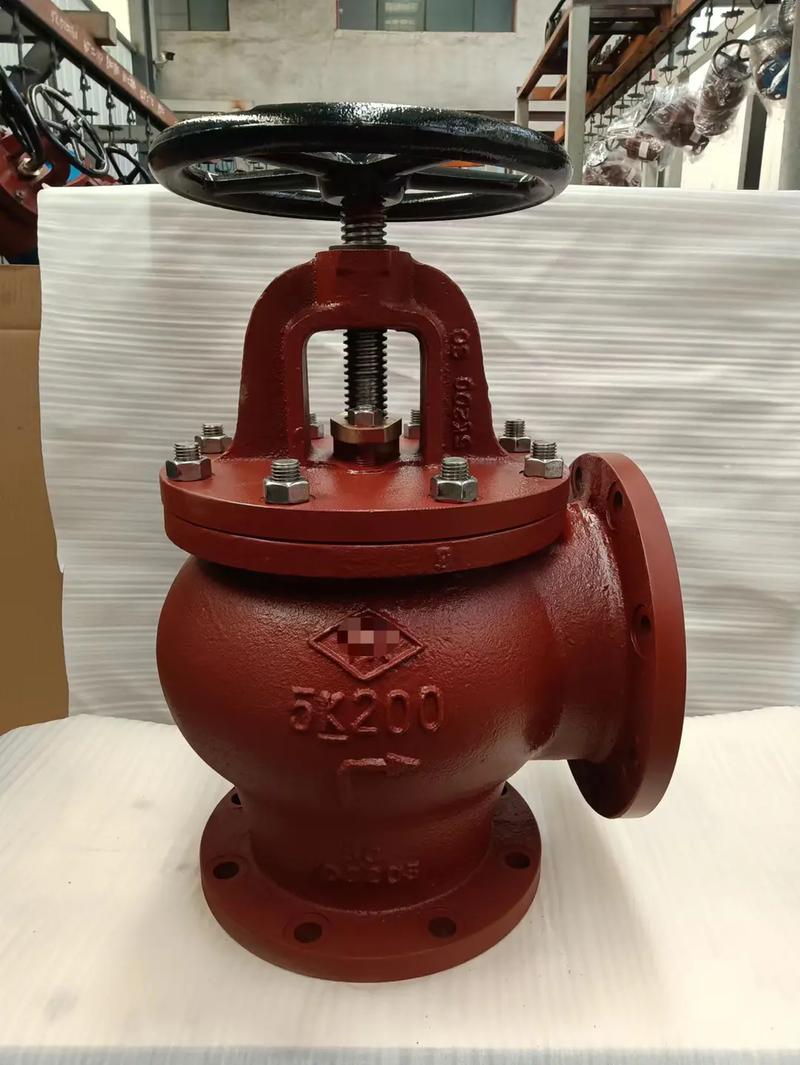|
Marine Valves: A Comprehensive Guide to Types, Applications, and MaintenanceMarine valves are critical components in maritime engineering, ensuring the safe and efficient operation of ships, offshore platforms, and underwater systems. These valves regulate the flow of fluids (liquids or gases) in harsh marine environments, from seawater systems to fuel pipelines. Whether you’re a ship operator, engineer, or procurement specialist, understanding marine valves is essential for optimizing performance and safety. This guide covers everything you need to know about marine valves, including types, applications, maintenance tips, and best practices for selecting the right valves for your needs. Key Types of Marine Valves Ball Valves Description: Quarter-turn valves with a spherical disc to control flow. Use Case: Ideal for on/off control in seawater systems, fuel lines, and HVAC systems due to their durability and leak-proof seals. Gate Valves Description: Linear motion valves that fully open or close the flow path. Use Case: Commonly used in pipelines for crude oil, gas, or water, where minimal pressure drop is required. Globe Valves Description: Designed for precise flow regulation with a movable disk and stationary ring seat. Use Case: Suitable for throttling applications in steam systems or high-pressure environments. Check Valves Description: Prevent backflow using a hinged or spring-loaded mechanism. Use Case: Protects systems from reverse flow in bilge pumps, condensers, or fire suppression systems. Butterfly Valves Description: Lightweight, compact valves with a rotating disc for flow control. Use Case: Used in large-diameter pipelines for quick shutoff in ballast tanks or cooling systems. Applications of Marine Valves Marine valves are indispensable in various industries, including: Shipping: Controlling fuel, lubricants, and ballast water systems. Offshore Oil & Gas: Managing high-pressure pipelines and subsea equipment. Desalination Plants: Regulating seawater intake and brine discharge. Aquaculture: Optimizing water flow in fish farming operations.
How to Choose the Right Marine Valve Material Selection Use corrosion-resistant materials like stainless steel, bronze, or Hastelloy for saltwater environments. Pressure and Temperature Ratings Ensure valves meet the operational requirements of your system (e.g., high-pressure fuel lines vs. low-pressure cooling systems). Compliance with Standards Look for valves certified by DNV GL, ABS, or ISO standards for maritime safety. Customization Some applications require specialized valves (e.g., subsea gate valves for deep-sea drilling). Maintenance and Troubleshooting Tips Regular Inspections Check for corrosion, leaks, or wear in valves exposed to seawater. Lubrication Apply marine-grade lubricants to moving parts to prevent seizing. Cleaning Remove marine growth (e.g., barnacles) from valve surfaces using non-abrasive methods. Common Issues and Solutions Problem: Valve leakage. Solution: Replace damaged seals or gaskets. Problem: Sticking valve stem. Solution: Clean and lubricate the stem or replace it if corroded. Why Marine Valves Matter for Safety and Efficiency A single valve failure can lead to catastrophic consequences, such as oil spills, engine shutdowns, or hull breaches. High-quality marine valves ensure: Safety: Compliance with international maritime regulations (SOLAS, MARPOL). Efficiency: Reduced downtime and energy consumption. Cost Savings: Long-term durability minimizes replacement costs. SEO Keywords: marine valve safety standards, cost-effective marine valves. Conclusion Marine valves are the unsung heroes of maritime operations, enabling precise control and safety in demanding environments. By understanding the types, applications, and maintenance practices outlined in this guide, you can make informed decisions to enhance your vessel’s performance. Whether you’re upgrading your fleet or designing a new offshore project, partnering with a trusted supplier of marine valves is crucial. Prioritize quality, compliance, and customization to stay ahead in the competitive maritime industry. |

